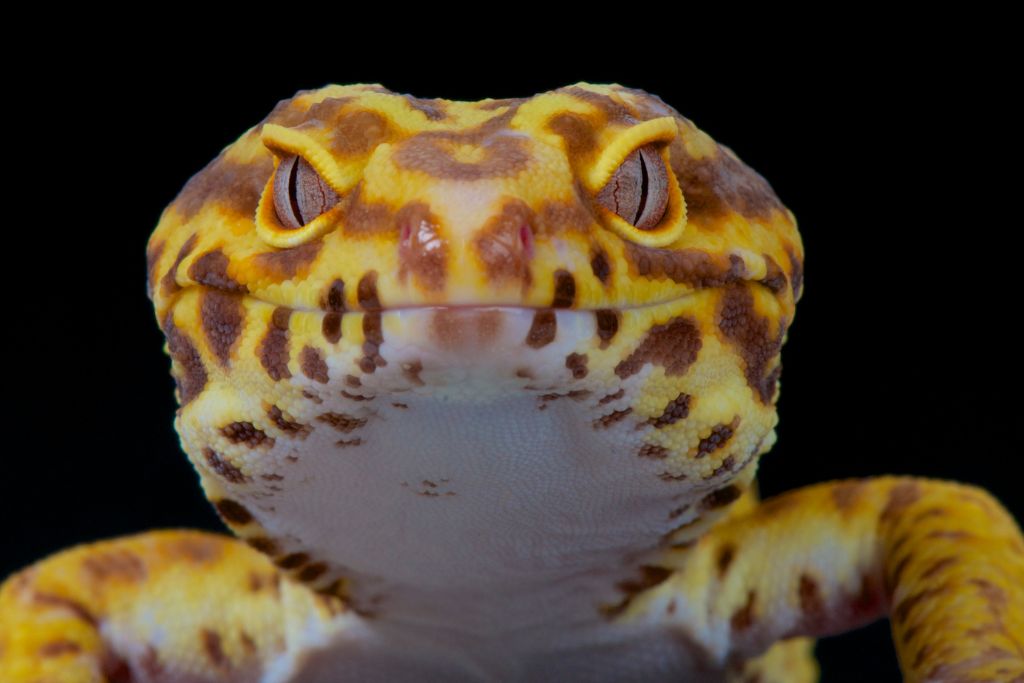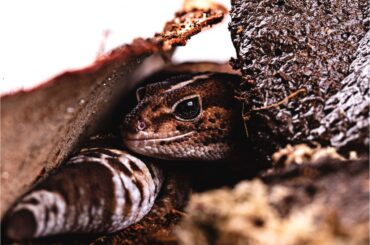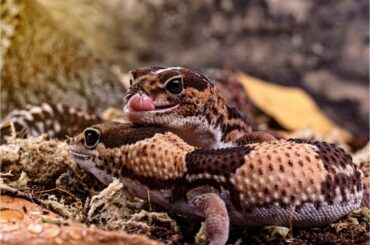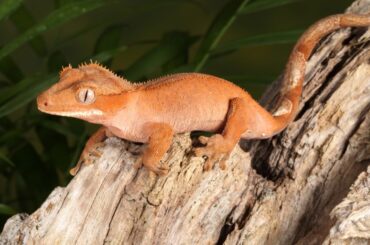Are you curious about leopard geckos and their climbing habits? What makes these reptiles such a popular choice as a pet? Could understanding their natural behaviors help you take better care of them?
Leopard geckos are a favorite among reptile enthusiasts. These creatures are known for their striking appearance and relatively easy care. They bring joy to many homes and have become one of the most beloved pets worldwide.
What’s fascinating about leopard geckos is their natural climbing behavior. They can often be found scaling rocks and other obstacles in the wild. But do they like to climb? Is this something they enjoy or merely a survival tactic?
In this article, we’ll explore their climbing abilities and discover what makes them unique. It’s a chance to understand these intriguing reptiles better and learn how their natural behaviors influence their lives as pets.
Do Leopard Geckos Like Climbing?
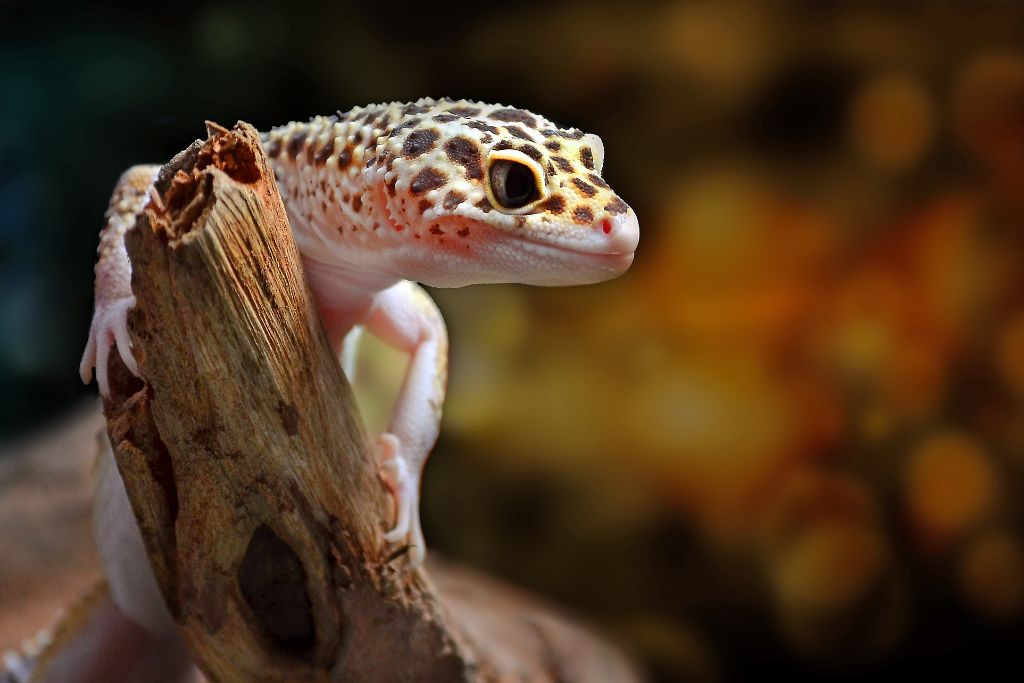
Leopard geckos are born with an instinct to climb. These interesting creatures can be seen scaling rocks and branches from a young age. They find safety and food by climbing, so it’s a natural part of their lives.
Factors like age and environment influence how much they climb. Young geckos climb more often because they are more active and curious. The environment also influences their behavior; they will climb more if they inhabit an area with many rocks and branches.
It’s not just about liking to climb; it’s about survival. Climbing helps them escape predators, find food, and even mate. Understanding these factors helps us care for them better as pets.
Observing Leopard Gecko Climbing Behavior in the Wild
Science has shown that leopard geckos are natural climbers. Researchers have watched them in their wild habitats, climbing on different surfaces. These studies show that climbing isn’t just random; it forms a vital part of their daily lives. It’s all about survival.
Why do they choose these surfaces? Leopard geckos like to climb on rocks, branches, and rough surfaces. This gives them a good grip, and they feel secure. Uneven surfaces mimic their natural habitat and allow them to climb with special toe pads.
Benefits of Climbing in the Wild
Now, let’s talk about the specific benefits of climbing for leopard geckos:
- Survival: Climbing helps them escape danger and find safe hiding spots.
- Exercise: Climbing keeps them physically fit and agile.
- Exploration: It allows them to explore their environment, find food and mates.
- Mental Stimulation: The challenge of climbing keeps their minds sharp and engaged.
- Natural Behavior: By climbing, they can express their instincts and feel more at home, whether in the wild or as a pet.
Climbing Behavior in Captive Leopard Geckos
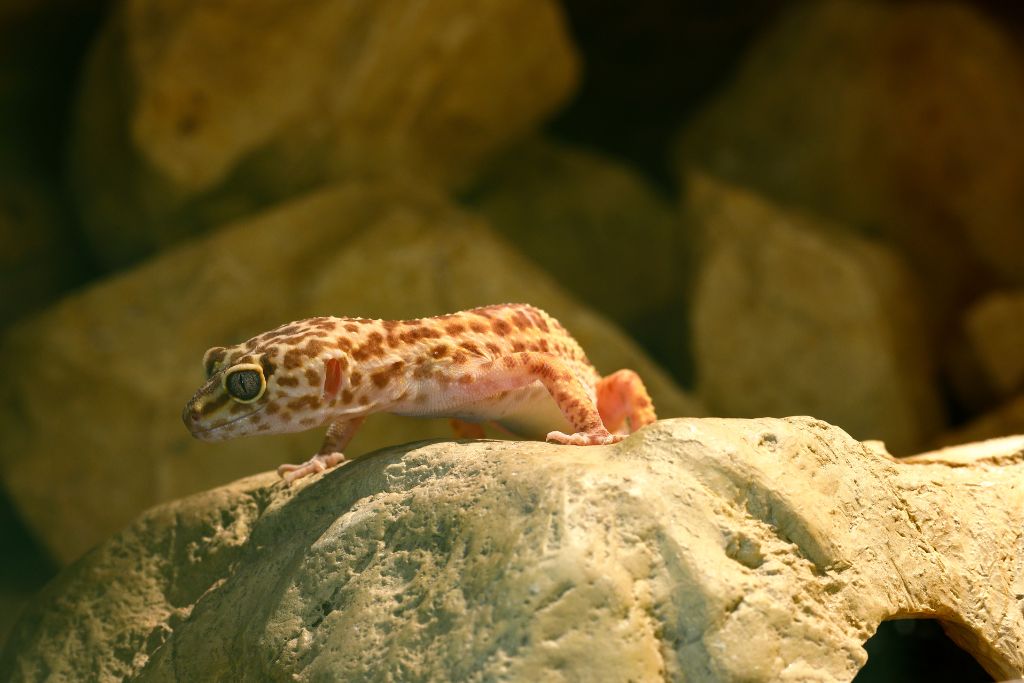
In captivity, leopard geckos still show their natural urge to climb. But the environment is different, and it might change how they behave. Whether in a home or a zoo, these geckos need places to climb, or they may become stressed and unhealthy.
The things around them will affect how they climb. If they have rocks, branches, and rough surfaces to explore, they will act more like they do in the wild. But they may become bored and unhappy if they don’t have these things.
Sometimes, climbing in captivity can be a problem. Setting up the gecko’s home correctly is essential; otherwise, climbing might be hard for them. They could fall and injure themselves, or they might be unable to climb at all, leading to problems with their health and happiness.
Risks and Challenges of Climbing in Captivity
Now, let’s look at the specific risks and challenges they face when climbing in captivity:
- Falling Injuries: They could fall and get injured without suitable surfaces.
- Stress and Boredom: If they can’t climb, they may become stressed or bored, which isn’t good for their well-being.
- Unnatural Environment: An environment that doesn’t allow them to climb might make them feel trapped or unhappy.
- Health Problems: Lack of climbing can lead to physical health problems as they need climbing for exercise and mental stimulation.
- Difficulty Adapting: Some geckos might find it hard to adapt to the artificial climbing surfaces, which could affect their happiness and health.
Providing the Right Climbing Environment
Creating a suitable climbing environment for leopard geckos in captivity is crucial for their well-being. The appropriate structures and accessories can make them feel at home. But safety and proper maintenance should always be noticed.
Here are some tips for creating the perfect climbing environment:
- Choose Safe Materials: Use rocks, branches, and rough surfaces that mimic their natural habitat, and make sure they are secure.
- Provide Enough Space: Ensure the enclosure has enough room for climbing without overcrowding.
- Regular Maintenance: Keep the climbing areas clean and check them often for sharp edges or loose parts that could cause harm.
- Monitor Behavior: Watch how your gecko climbs and adjusts to the environment as needed to suit their preferences.
- Safety First: Always prioritize safety by using non-toxic materials and ensuring stable structures.
Signs of Distress and How to Respond
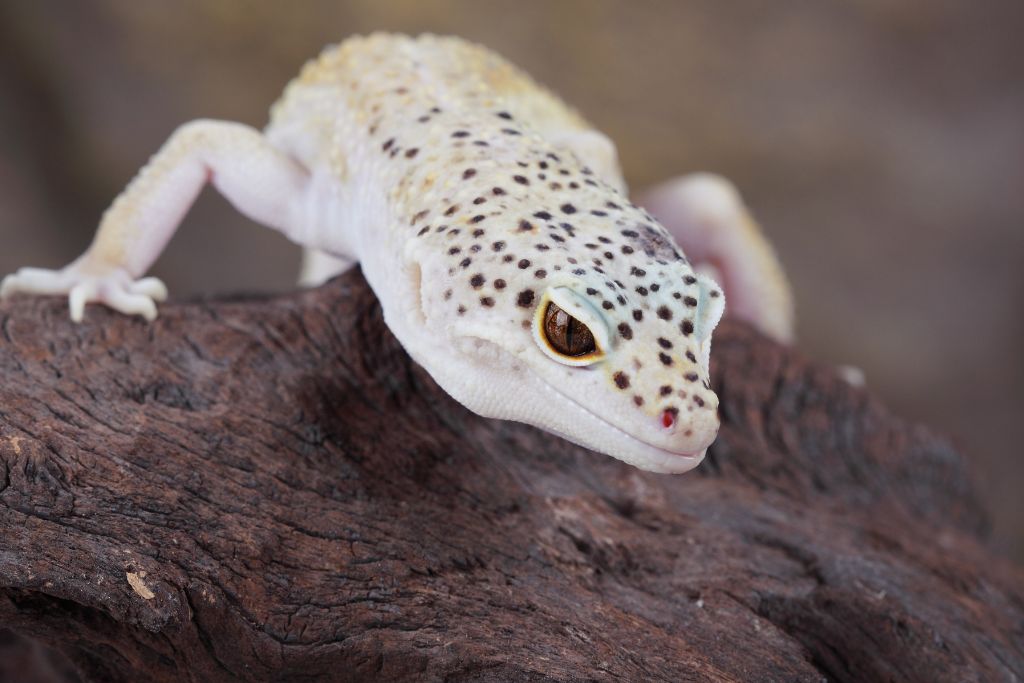
If a leopard gecko has trouble climbing, it might show signs of stress or health problems. Watch for changes in behavior, such as refusing to climb or falling frequently. These could signal something is wrong.
If you notice these signs, what action should you take? First, inspect the climbing environment for sharp edges or unstable surfaces and fix them right away. Should the problems persist, take your gecko to a qualified veterinarian. The vet can examine the gecko for injuries or health issues causing the trouble.
Regular checkups and close monitoring are essential to keep your leopard gecko healthy and happy.
Conclusion
The happiness and well-being of leopard geckos depend on understanding and catering to their climbing needs. These fascinating creatures in both the wild and captivity rely on climbing for survival, exercise, and mental stimulation. If you own a leopard gecko, paying attention to their climbing habitat and behavior can improve their quality of life.
Taking care of a leopard gecko involves more than just food and shelter. It requires creating a space where they can thrive and express their natural instincts. Let’s all be responsible pet owners and work toward conserving these fantastic reptiles. Whether you own a gecko or simply admire them, we can all ensure they lead healthy, happy lives.
FAQs
Why is My Gecko Trying to Climb the Glass?
Your gecko might be trying to climb the glass because it’s curious or wants to explore. Ensure you provide enough climbing surfaces inside the enclosure to keep it interested and happy.
Can Leopard Geckos Climb?
Yes, leopard geckos can climb. Climbing is natural for them, and they often climb rocks and branches in the wild.
Can Leopard Geckos Climb Walls?
Leopard geckos can climb walls, if the surface allows them some grip. In the wild, they prefer rocks and rough surfaces, but they might try to climb smooth walls if they are curious or looking for a way to explore.
Why Does My Leopard Gecko Climb So Much?
Your leopard gecko may climb a lot due to curiosity, a need to explore, or a desire to find a comfortable spot.

